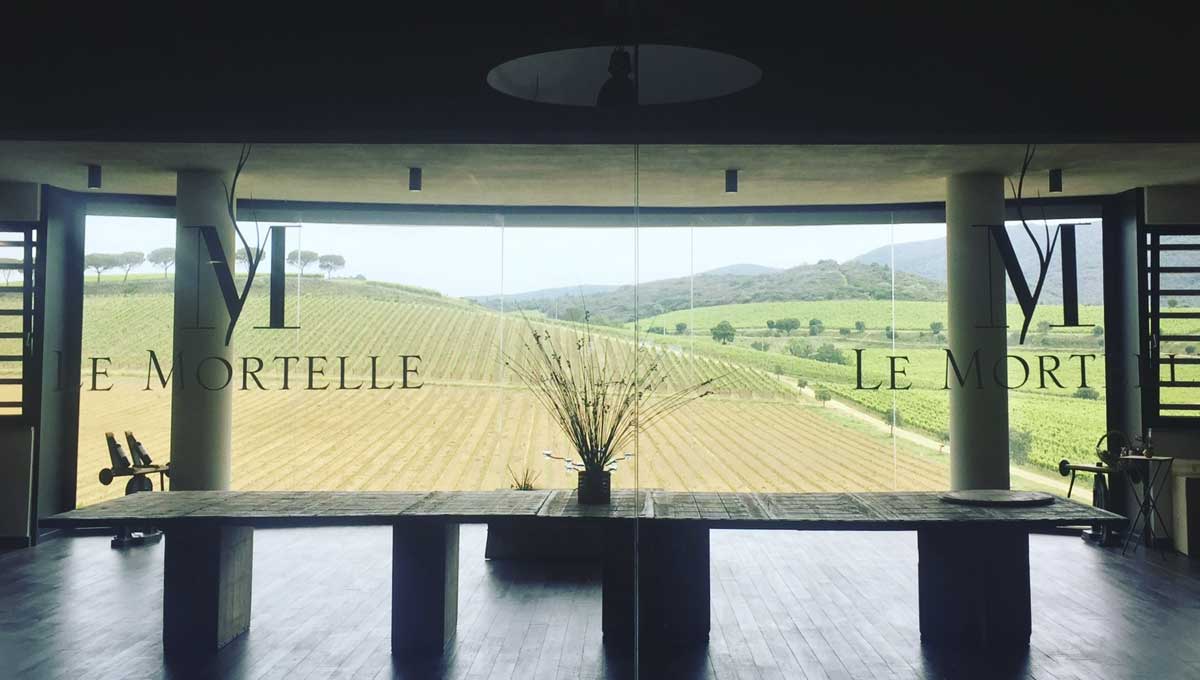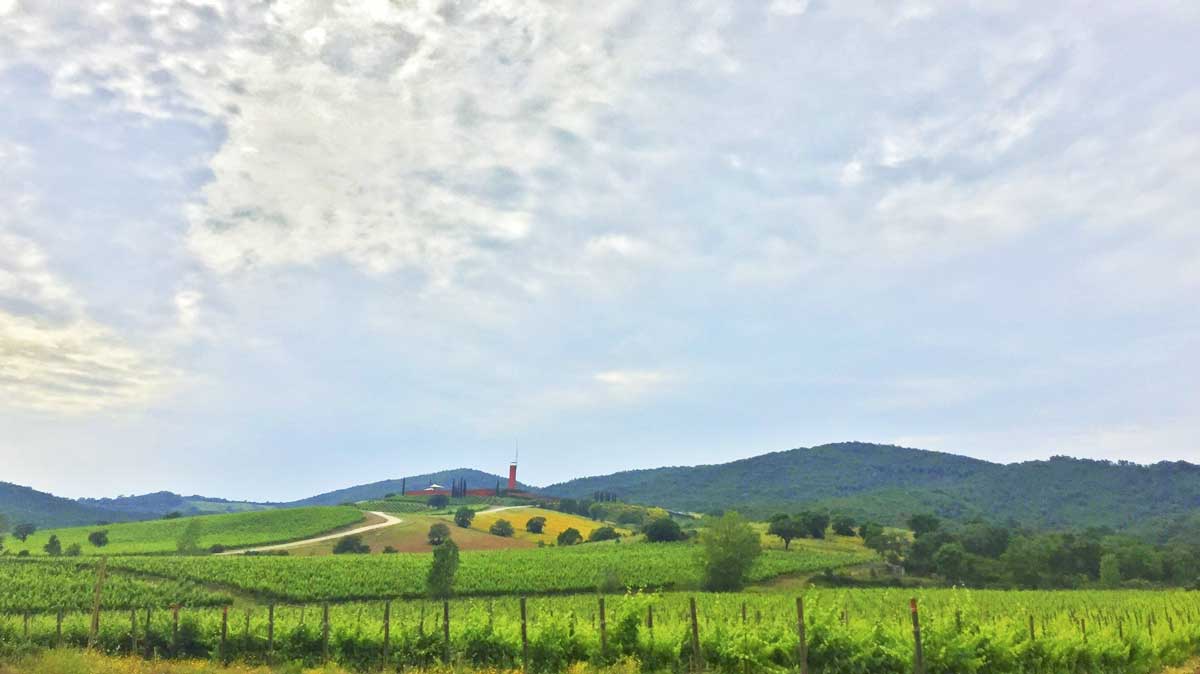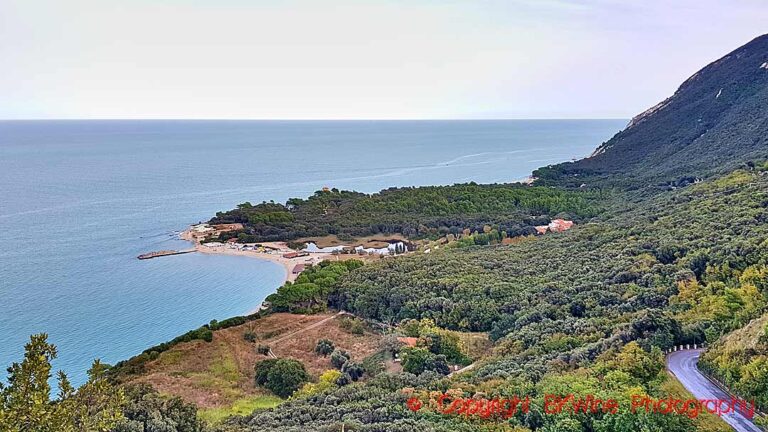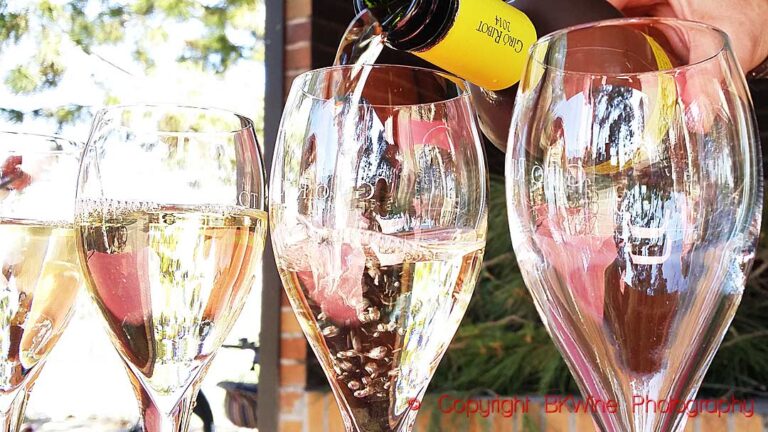Discover the unknown Tuscany by the coast
Maremma is Tuscany’s Wild West. Horses and cowboys. Rolling fields, quaint villages and gorgeous white beaches by the crystal blue sea. But also a wine region that offers a wide variety of wines. BKWine Magazine’s Åsa Johansson takes us to the wild vineyard landscape and to the wines.
-Change out of high-heels and into a pair of cowboy boots, says the man in the newspaper stand.
I have just asked what he thinks one should do when visiting Maremma in southern Tuscany. As often in Tuscany, I get a tongue-in-cheek answer.
Maremma was until not long ago an area that was avoided if one could. There were mainly bandits, pirates and malaria mosquitos. It is no wonder that the word Maremma is often used as an invective. Large parts of the area were marshlands that were drained beginning in the 18th century by planting pine trees along the coast. Originally this was to produce resin for the Austrian steel industry. The resin was used as a fuel together with coal to increase the temperature in the furnaces. Later, they understood that the pine trees also drained the wet ground. Mussolini was the one who completed the work by building canals and converted the previously unused land to agriculture.
Today Maremma is a popular area, especially in summer. More and more people discover the area’s charm, the picturesque villages, the beautiful landscape, the sea and last but not least the area’s interesting wines.
Maremma’s wine production
By the late nineties, many big wine producers had invested in Maremma such as Zonin1821 (Tenuta Rocca di Montemassi), Marchesi Antinori (Le Mortelle) and Marchesi Frescobaldi (Tenuta Ammiraglia). The land was cheaper than in Bolgheri, the home of super-tuscans, yet close enough to take advantage of Bolgheri’s good reputation.

In Maremma, there is a large number of different grape varieties with great differences in style. The king of grapes in Tuscany, sangiovese, accounts for 67 per cent of the region’s red grapes, compared to 88 per cent in the rest of Tuscany. Other local red grape varieties are aleatico, alicante and ciliegiolo. The latter is a real favourite and if you have not tried the wines made at the ciliegiolo from the Sassotondo winery then you have something to look forward to!
Among the white varieties, you can find vermentino, ansonica (inzolia), trebbiano, malvasia bianca and grechetto. The wines made from vermentino are in great demand and last year, despite the difficult 2017 season, they produced one million bottles.
In Maremma, they also grow international grape varieties like cabernet sauvignon, merlot, syrah, chardonnay, cabernet franc, viognier and petit verdot.
The area’s new DOP: Maremma
The area’s DOP (denominazione d’origine protetta) is young. (DOP was formerly called DOC and corresponds to the French AOC / AOP.) Maremma DOP was born in 2014 and aims to gather the many smaller DOP districts under one umbrella to facilitate communication on the international market. The Maremma DOP covers a large area. It stretches from Monte Amiata just south of Montalcino down to the sea at Argentario. In total, the DOP area has 8,750 hectares of vineyards and in 2017 they produced 5.7 million bottles. The consortium (ie the producer organisation) consists of 304 producers where 220 sell their grapes to cooperatives, which still dominate the area’s production. 83 producers bottle under their own name.

Favourite wines and producers
In late May, the city of Grosseto organized the Maremmachevini event, where invited journalists were given the opportunity to taste wines from Maremma in southern Tuscany. One hundred wines from thirty-five of Maremma’s producers were included. Here is my short selection of the best and most interesting.
Azienda Agricola Pierotta makes an interesting ciliegiolo.
Azienda Santa Lucia makes a wine called “Santa Lucia” from 100% ansonica which was one of my favourites.
Fattoria Le Mortelle (Marchesi Antinori) makes a top wine, “Poggio alle Nane”, which is amazingly good as well as the white wine “Vivia” on vermentino, viognier, ansonica.
The wines from Fattoria Magliano, especially their cabernet franc “Altizzi”.
The Le Sode di Sant’Angelo winery made my favourite vermentino called “Le Gessaie”
Fertuna makes a very good merlot called “Messiio”
All the wines from Sassotondo, a specialist in ciliegiolo. Delicious wines!
Read more about Maremma in the next article that talks about two of the best producers. (Coming soon.)
Åsa Johansson is BKWine’s person in Italy. She lives in Florence since the early ’00s. Asa writes regularly on wine and food in Swedish and Italian publications as well as online.
[box type=”info” size=”large” style=”rounded” border=”full”]
Nothing can compare with visiting the wine districts and tasting the wines where they are made. Come to Tuscany on a fantastic wine tour with BKWine.
Travel to the world’s wine region with the wine experts and wine tour specialist.
Wine tours that take you to the best and the most extraordinary. BKWine wine tours.
[/box]











2 Responses
What about Monteverro in Capalbio?
greetings from sunny Tuscany
Dear Silvia,
we hope to visit Monteverro in the future!
Best wishes,
Åsa Johansson